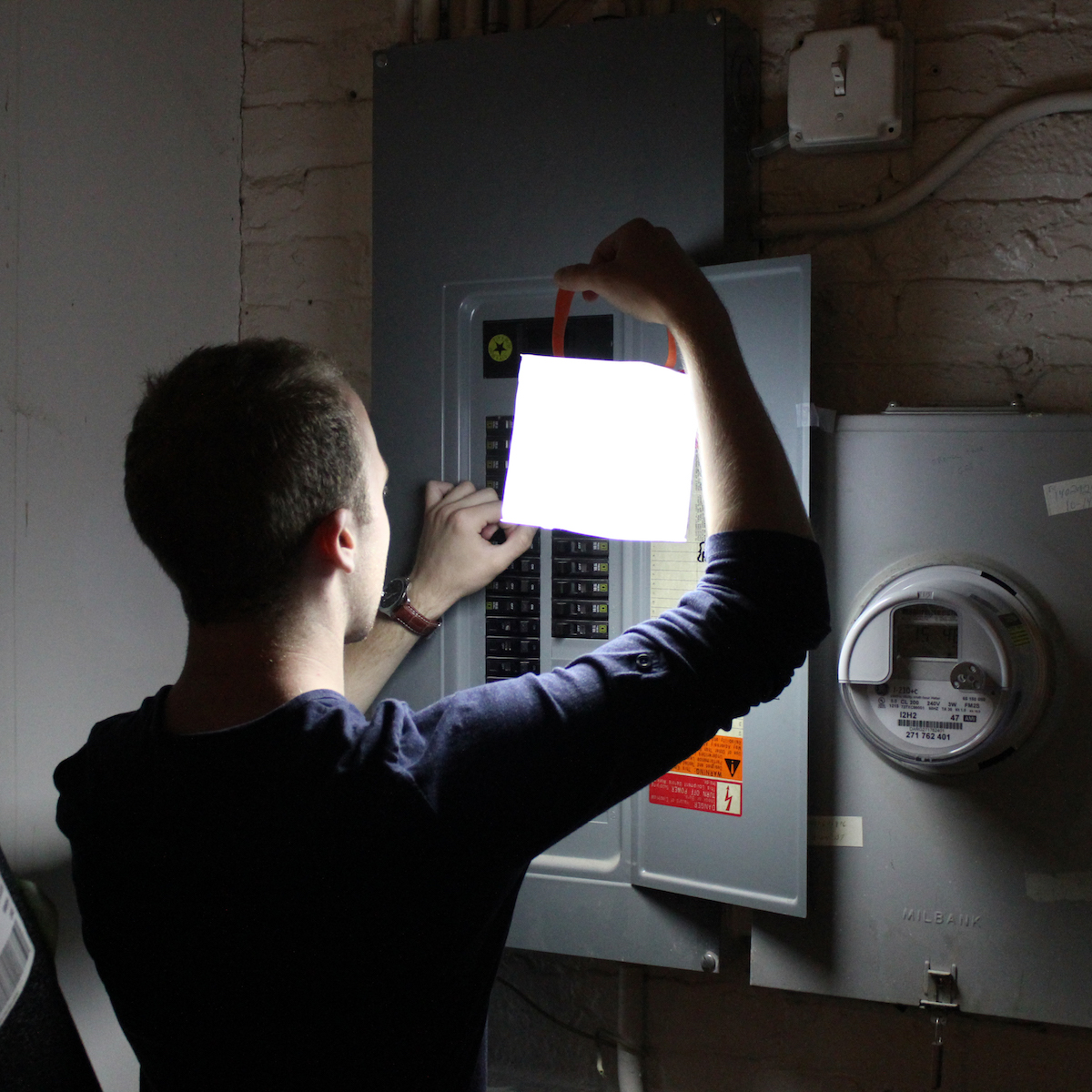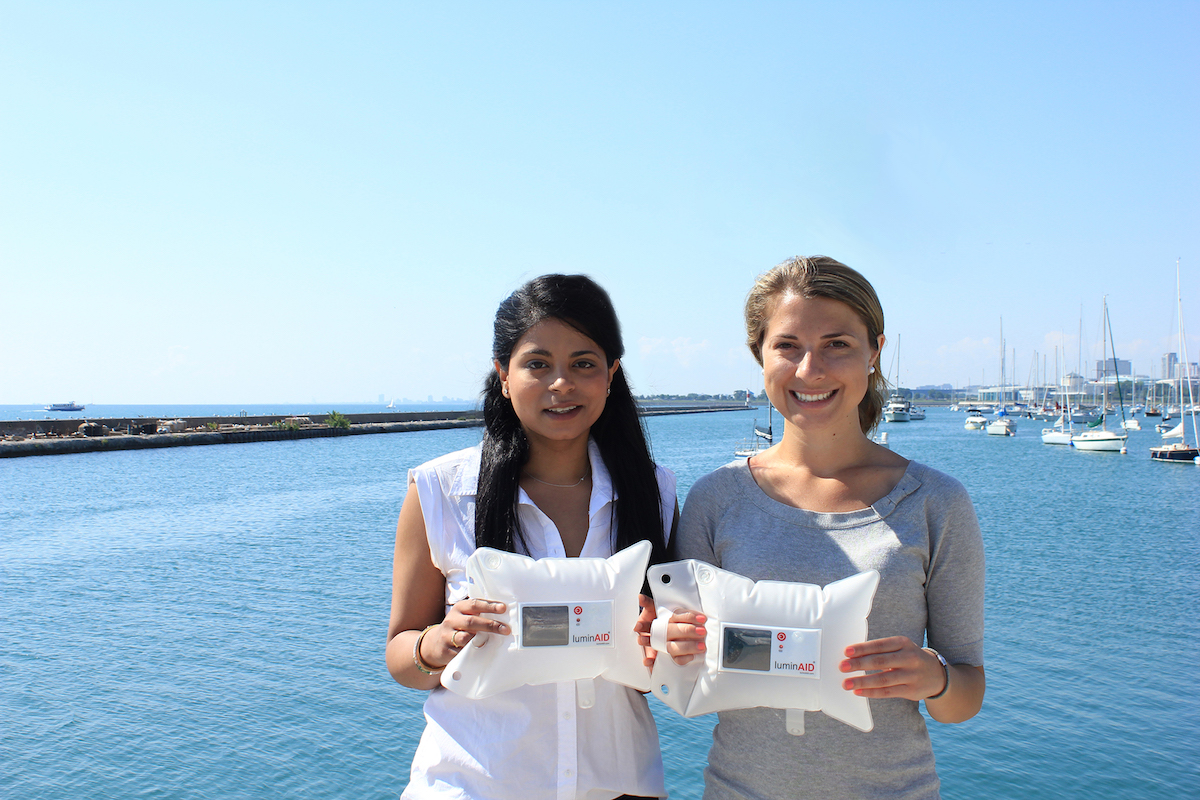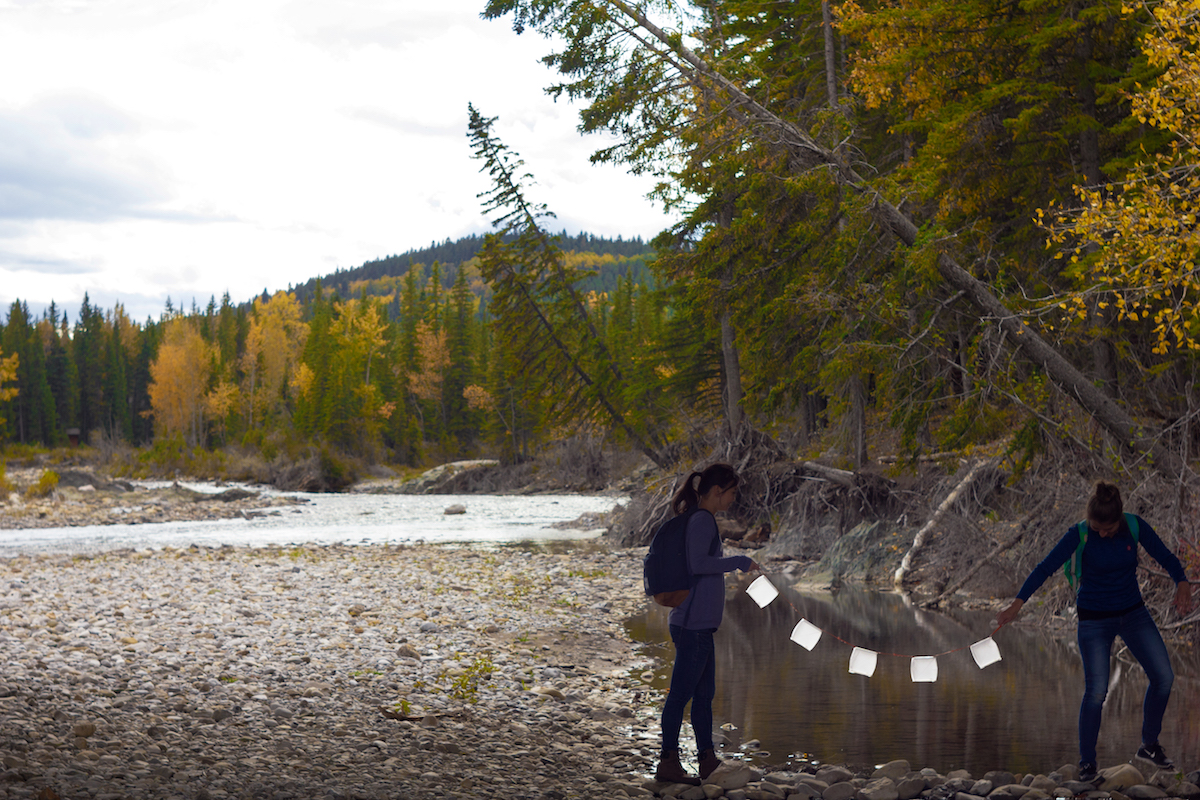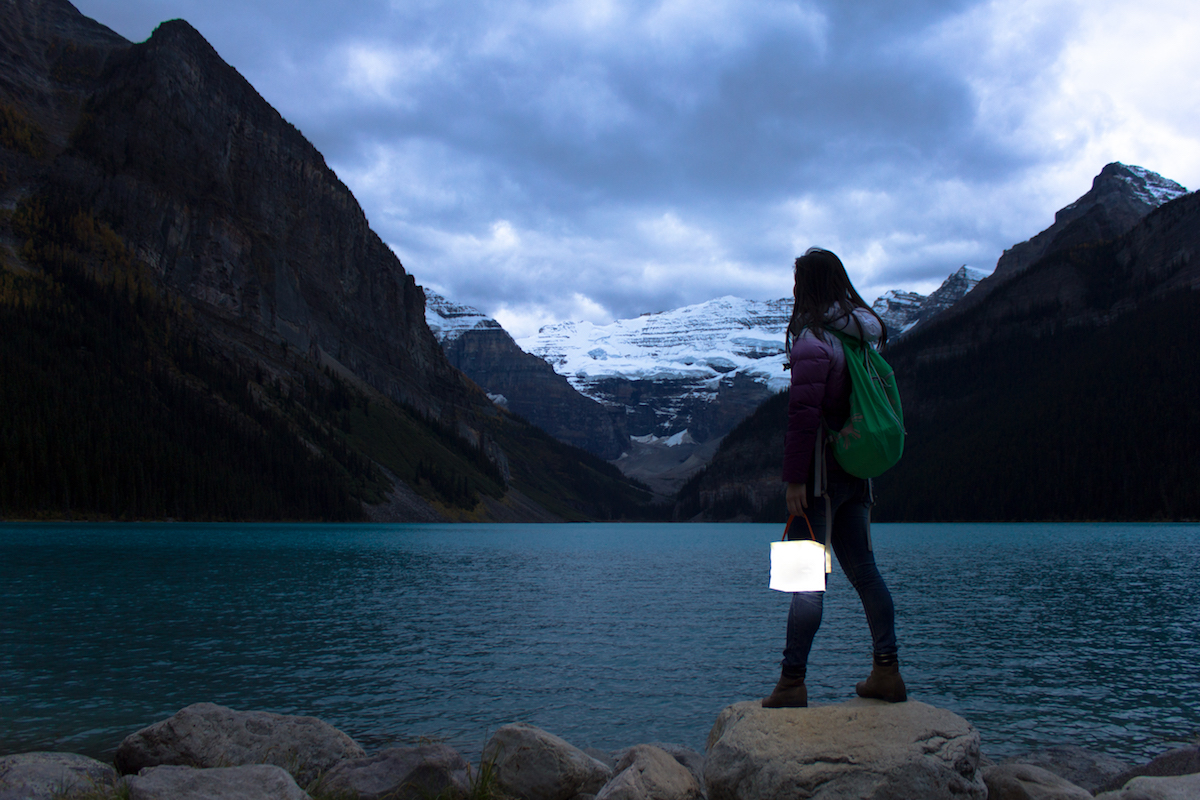Illuminate your life with LuminAID

LuminAID co-founders Anna Stork and Andrea Sreshta were architecture students in 2010 when they were inspired to design a new kind of solar light in response to the 2010 earthquake in Haiti. They invented LuminAID’s patented solar inflatable technology, creating a compact, rechargeable solar lantern that packs flat and inflates into a lightweight, waterproof light source.

Since then, LuminAID has been innovating and expanding their technology to new applications, including the camping and emergency preparedness markets, but Anna and Andrea have always had Haiti on the back of their minds.
As news of the devastation in Haiti becomes apparent in the wake of Hurricane Matthew, LuminAID and its charitable partners are working to help those affected by the storm who are in need of safe, sustainable lighting.
This is especially meaningful for Anna and Andrea, as it gives them another chance to give back to the people of Haiti, their original inspiration.

“When Anna and I came up with the idea for our lights just over 5 years ago as students, we never imagined that we would be able to help people with our small idea in such a big way around the world, including Haiti.” says Andrea. “It has been incredibly meaningful for us as inventors to know that our lights are making an impact around the world, and that we can support the efforts of first responders and great organizations like Convoy of Hope and Can-Do.org who are providing aid after a disaster like Hurricane Matthew.”

LuminAID solar lanterns charge fully in the sun and provide up to 30 hours of LED light. They are completely waterproof and float and require no external batteries. Moreover, the lanterns pack flat and weigh just under 3 ounces, making them an ideal aid item for easy transport and distribution.
In a box that an aid agency might ship 8 traditional lanterns or flashlights, they can fit 50 LuminAID lights. Solar rechargeable lighting provides a better alternative to the dangerous and toxic kerosene lanterns and candles that are often used for lighting after disasters and in off-grid areas. There are 1.6 billion people worldwide who lack sufficient access to electric lighting.

LuminAID has partnered with on-the-ground organizations in Haiti to provide lights to those in need, including Can-Do.org and Convoy of Hope, both of whom are pledging their efforts to deliver aid to hurricane-affected communities in Haiti at this time.
Through LuminAID’s Give Light, Get Light Program on luminaid.com, consumers can buy a light for themselves, and sponsor a second light to be distributed by a partner charity to those in need.
This week, LuminAID is running a “Double Your Impact” campaign, and will match every sponsored light with a second one for Hurricane Matthew relief.
According to Eric Klein, the head of Can-Do.org who has worked to help communities in Haiti for many years and distributed thousands of LuminAID solar lanterns, LuminAID’s lights are “the perfect lighting system for the kind of work we do in the field. Many people- especially women with small children living in temporary shelters were so grateful to have light- not only for the security factor but it allowed them the simple luxuries of not having to cook, wash, and dress by candlelight.”
